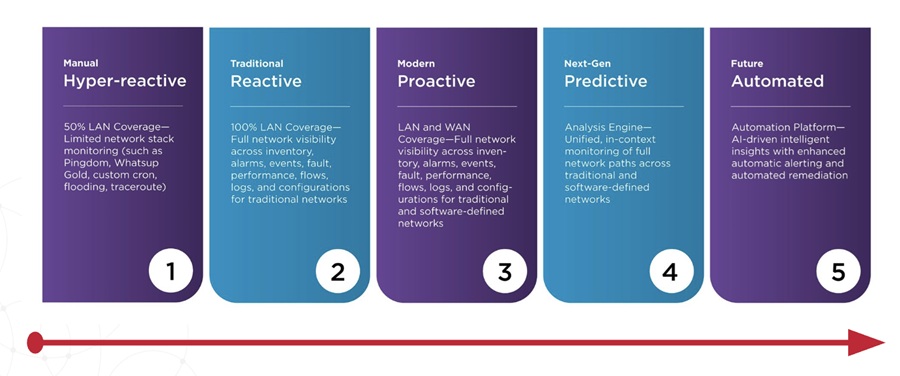
In December 2012, Research in Action (on behalf of Compuware) conducted a survey of 468 CIOs and other senior IT professionals from around the world. The survey determined cloud computing to be the top IT investment priority for 2013. No surprises there, as clearly these professionals are being driven by the promised benefits of greater agility, flexibility and time-to-value.
What is surprising is the fact that 79 percent of these professionals expressed concern over the hidden costs of cloud computing, with poor end-user experience resonating as the biggest management worry.
According to the survey, here are the four leading concerns with cloud migration:
- Performance Bottlenecks: (64%) Respondents believe that cloud resources and e-commerce will experience poor performance due to cloud application bottleneck usage.
- Poor End-User Experience: (64%) End users may end up dissatisfied with the cloud performance due to heavy traffic from application usage.
- Reduced Brand Perception: (51%) Customer loyalty may be greatly reduced due to poor experience and poor cloud performance.
- Loss of Revenue: (44%) Companies may lose revenues as a result of poor performance, reduced availability or slow technical troubleshooting services.
Ironically, these responses come at a time when the cloud is increasingly being used to support mission-critical applications like e-commerce. More than 80 percent of the professionals surveyed are either already using cloud-based e-commerce platforms or are planning to do so within the next 12 months.
It used to be that issues like security and cost dominated the list of cloud concerns. But application performance is increasingly making headway as end users grow more demanding. For the average end user, 0.1 seconds is an instantaneous, acceptable response, similar to what they experience with a Google search. As response times increase, interactions begin to slow and dissatisfaction rises.
The impact of a slowdown can be devastating: Amazon has calculated that a page load slowdown of just one second could cost it $1.6 billion in sales each year. In addition, Google itself found that slowing search response times by just four-tenths of a second would reduce the number of searches by eight million per day – a sizeable amount.
Inherent cloud attributes like on-demand resource provisioning and scalability are designed to increase confidence in the usability of applications and data hosted in the cloud. But the most common mistake that people often make is interpreting availability guarantees as performance guarantees in a cloud computing environment.
Availability shows that a cloud service provider’s servers are up and running – but that’s about it. Service-level agreements (SLAs) based on availability say nothing about the end-user experience, which can be significantly impacted by the cloud – such as, when an organization’s “neighbor” in the cloud experiences an unexpected spike in traffic.
Yet, despite the business critical nature of many cloud applications, our survey found that 73 percent of companies are still using outdated methods like availability measurements to track and manage application performance.
The fact is that most traditional monitoring tools simply don’t work in the cloud. Effectively monitoring and managing modern cloud-based applications and services requires a new approach based on more granular end-user metrics such as response time and page rendering time. This approach must be based in an understanding of the true end-user interaction “on the other side” of the cloud. It must enable cloud customers to directly measure the performance of their cloud service providers and validate SLAs. With this type of approach, cloud customers can be better assured that application performance issues will not undo the benefits of moving to the cloud.
ABOUT Michael Kopp
Michael Kopp is Technology Strategist, Compuware APM Center of Excellence. He has more than 10 years of experience as an architect and developer. Additionally, Kopp specializes in architecture and performance of Big Data and Cloud environments.


